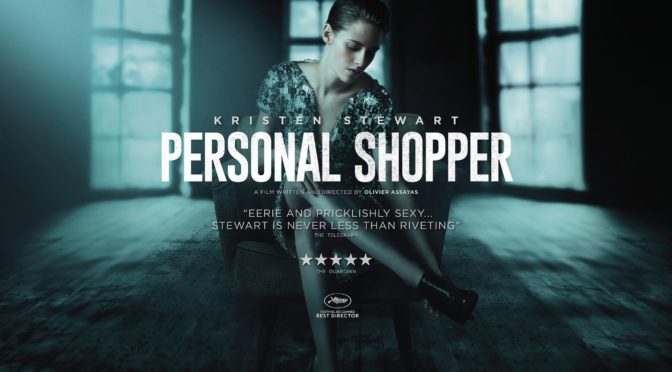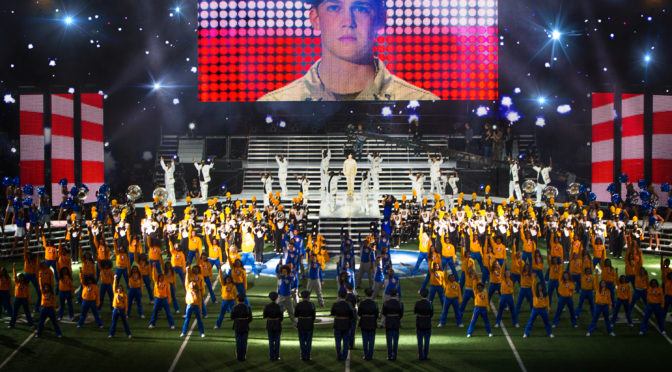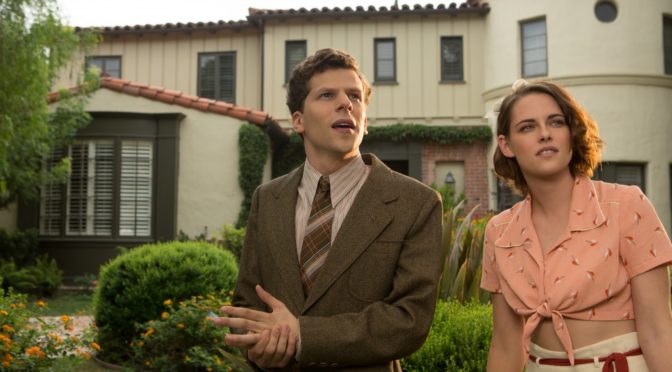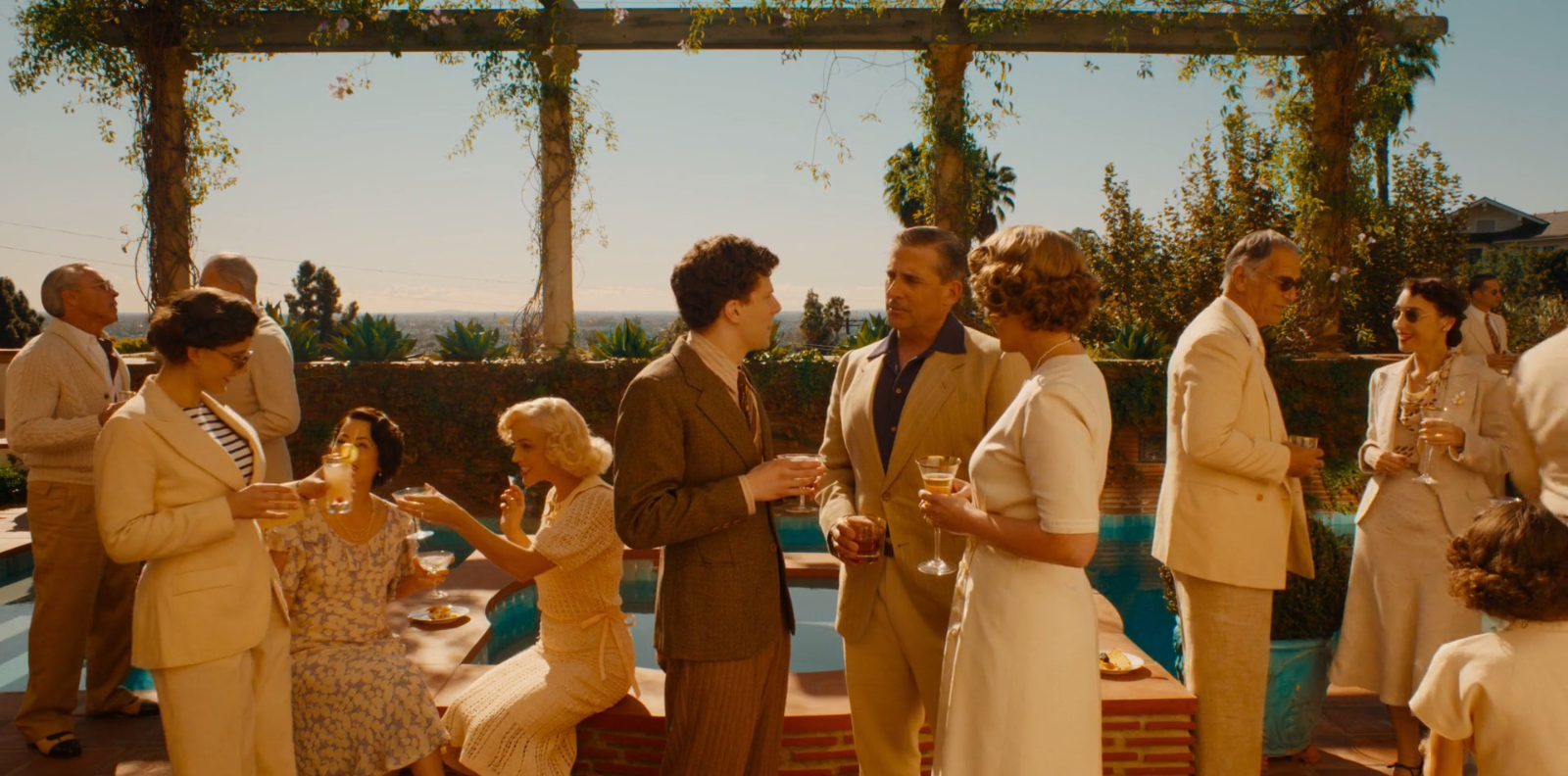Olivier Assayas’s newest film was surprisingly the most divisive entry at last year’s Cannes Film Festival. After the screening, several critics booed the movie while others applauded. Despite the mixed reaction, most likely in response to the ending, it went on to win the award for Best Director. Personal Shopper is the second team-up between Assayas and Kristen Stewart after 2015’s Clouds of Sils Maria. Stewart plays Maureen, a personal shopper in Paris who happens to be a medium. Her twin brother, also a medium, recently died from a congenital heart disease they both share. They made a promise at a young age that whoever passed away first would give the other a sign from the afterlife so Maureen stays put in a job she hates, waiting for his signal.
Stewart delivers consistently strong acting. Her conflicted expressions display her fragile emotional state. Losing her twin brother was losing a part of herself and that mourning prevents her otherworldly explorations from becoming pretentious or irritating. During her day job buying clothes for her wealthy employer she shows her professional ennui without appearing whiny. Her character’s longing to reconnect with her twin brother and inability to move past with death are deeply sympathetic. Her previous experience working with the director has clearly benefitted her as she completely inhabits the role.
There is a certain amount of unintended silliness to the movie’s premise. It’s very easy for ghost stories to become laughable when attempts to connect with spirits are stilted and Personal Shopper occasionally veers into that territory. Large portions of the film feature Stewart texting the ghost that is supposedly stalking her which isn’t as foreboding as direct contact would have been. There are scenes when this type of communication is used effectively, like turning on your phone to see a series of progressively violent texts, but at times it makes the spectral world seem disappointingly mundane.
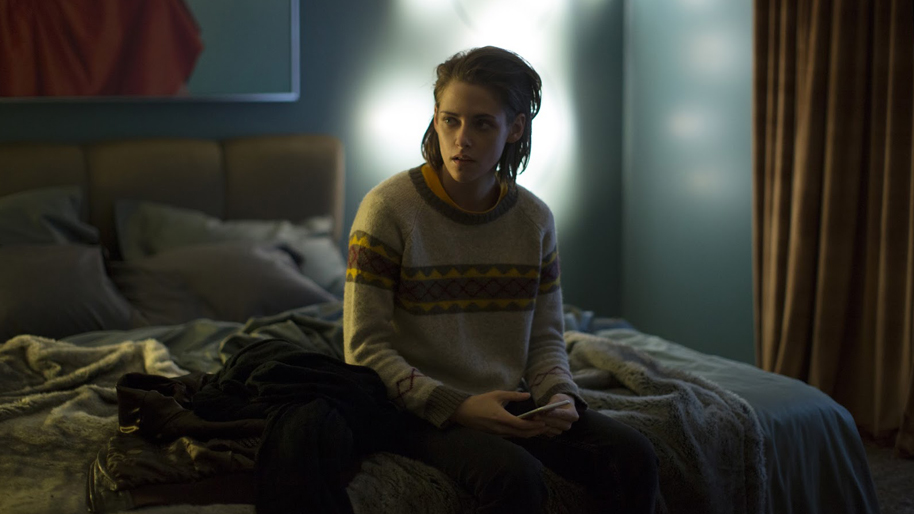
When Maureen is faced with meeting a ghost in person, the film is able to ratchet up the tension. As she explores an empty house or apartment looking for a signal from a spirit that may or may not be her brother, there is a palpable sense of dread because anything can be mistaken as a sign. Did someone leave that faucet on? Is it the wind that opened this door? Stewart’s performance hypersensitizes the audience to every irregular detail that could potentially be caused by supernatural interference. These scenes create the desired apprehension and show the potential of what the film could have been.
Personal Shopper is help back by its unfocused screenplay. Assayas splits the runtime across the intriguing ghost story and the fairly banal workplace drama. This prevents either aspect from being fully developed and actively harms the tone created in the ghost story. Maureen’s dissatisfaction with the menial tasks the make up her job and the demanding, inconsiderate diva she works for is relatable but consumes unnecessary screen time. Had Assayas been more decisive with his focus, he could have either made a compelling exploration of the afterlife or an interesting drama about a stifling dead-end job. Without a clear direction, Personal Shopper can’t succeed beyond Stewart’s committed performance.

3/5 stars.
